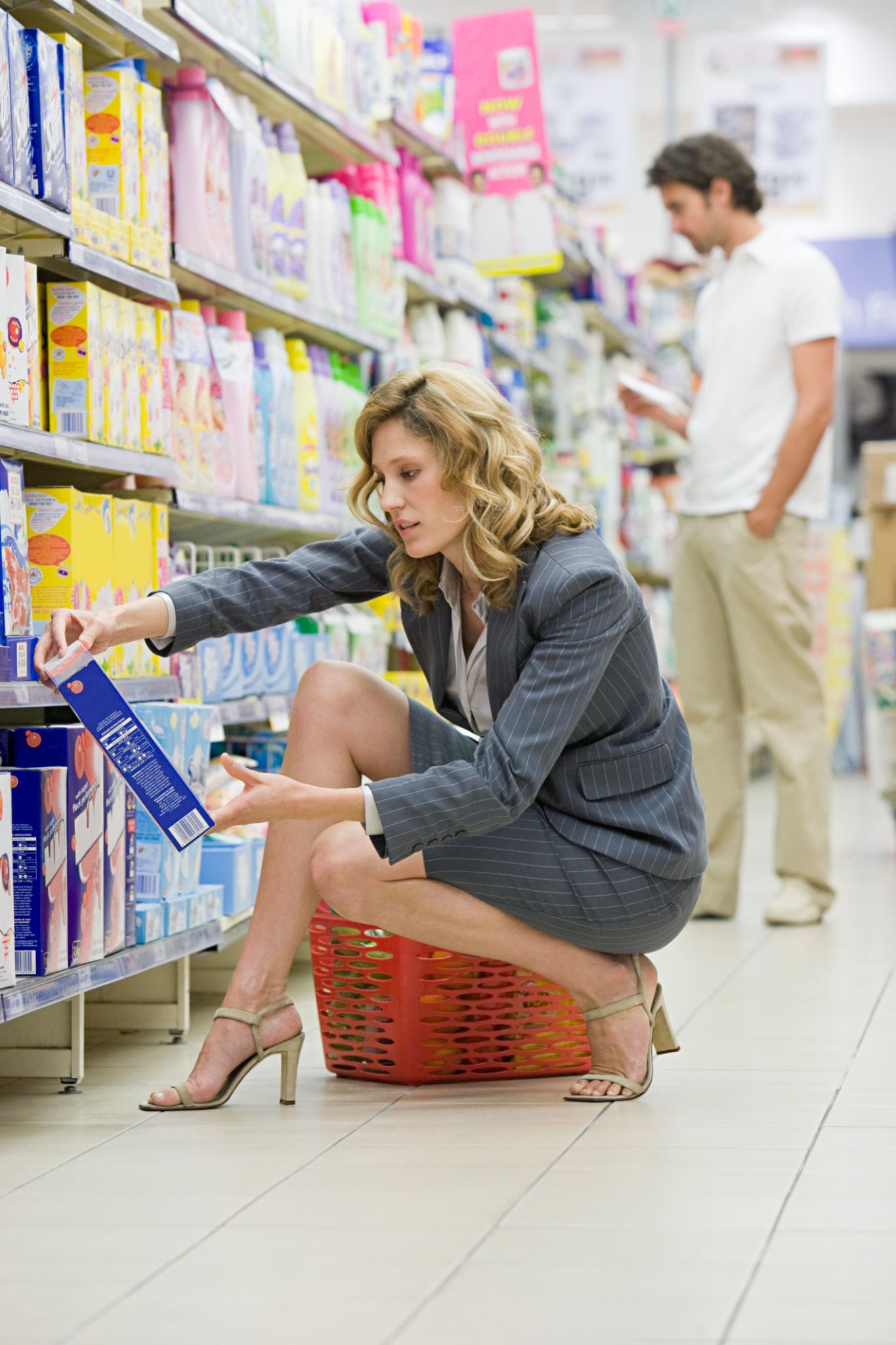Debunking Common Home Cleaning Myths
Understanding the Truth About Home Cleaning Myths
When it comes to home cleaning, misinformation can easily spread, leading to ineffective habits and potential damage to your household surfaces. Despite the abundance of cleaning tips available, many of them are based on *myths* rather than facts. In this blog post, we aim to debunk some common home cleaning myths and provide you with accurate information to enhance your cleaning routine.
Myth #1: More Detergent Equals a Cleaner Result
One of the most pervasive myths is the belief that using more detergent will make your clothes or dishes cleaner. In reality, using more than the recommended amount can lead to *soap residue* buildup, which not only leaves surfaces sticky but can also attract dirt. It's essential to follow the manufacturer's instructions and use the proper amount for optimal results.

Myth #2: Vinegar Cleans Everything
Vinegar is often praised as a universal cleaning solution. While it is effective at removing certain types of grime and odors, it is not suitable for all surfaces. For instance, vinegar can damage natural stone surfaces like granite and marble due to its acidity. Always consider the material you're cleaning and choose appropriate products.
Although vinegar has its merits, it's crucial to combine it with other cleaning agents when necessary and avoid using it on surfaces where it could cause harm. For delicate surfaces, opt for specially formulated cleaners that ensure safety and effectiveness.

Myth #3: Bleach Is the Best Disinfectant
Bleach is a powerful disinfectant, but it's not the best choice for every situation. While it kills germs effectively, it can be harsh on certain materials and may cause *discoloration*. Moreover, bleach should never be mixed with other cleaning agents like ammonia, as this can produce dangerous fumes.
Instead of relying solely on bleach, consider using alternative disinfectants that are less harsh but still effective. Products containing hydrogen peroxide or alcohol can be used as safer alternatives for everyday cleaning tasks.

Myth #4: Feather Dusters Effectively Remove Dust
Feather dusters are often portrayed as ideal tools for dusting, but they may merely redistribute dust rather than remove it. For effective dust removal, use microfiber cloths or damp cloths that trap and remove dust particles rather than spreading them around the room.
Microfiber cloths are particularly effective because they attract and hold onto dust particles through their electrostatic properties. Regular washing of these cloths ensures they remain effective over multiple uses.
Myth #5: All Green Products Are Safe
With growing awareness of environmental issues, many people turn to green cleaning products. However, not all green-labeled products are necessarily safe or non-toxic. Some may still contain harmful chemicals or irritants.
It's important to read labels carefully and look for certifications from reputable organizations that verify a product's safety and environmental impact. Consider making your own natural cleaning solutions using simple ingredients like baking soda and lemon juice for a truly eco-friendly approach.

Conclusion: Embracing Fact-Based Cleaning Practices
Debunking common home cleaning myths allows you to make more informed decisions and adopt practices that are both effective and safe for your home. Understanding the limitations of popular cleaning methods helps you avoid potential pitfalls and maintain a clean, healthy environment.
Adopt these fact-based techniques in your cleaning routine to protect your home surfaces and ensure better cleaning results. By staying informed, you can enjoy a cleaner and safer living space without falling prey to common misconceptions.